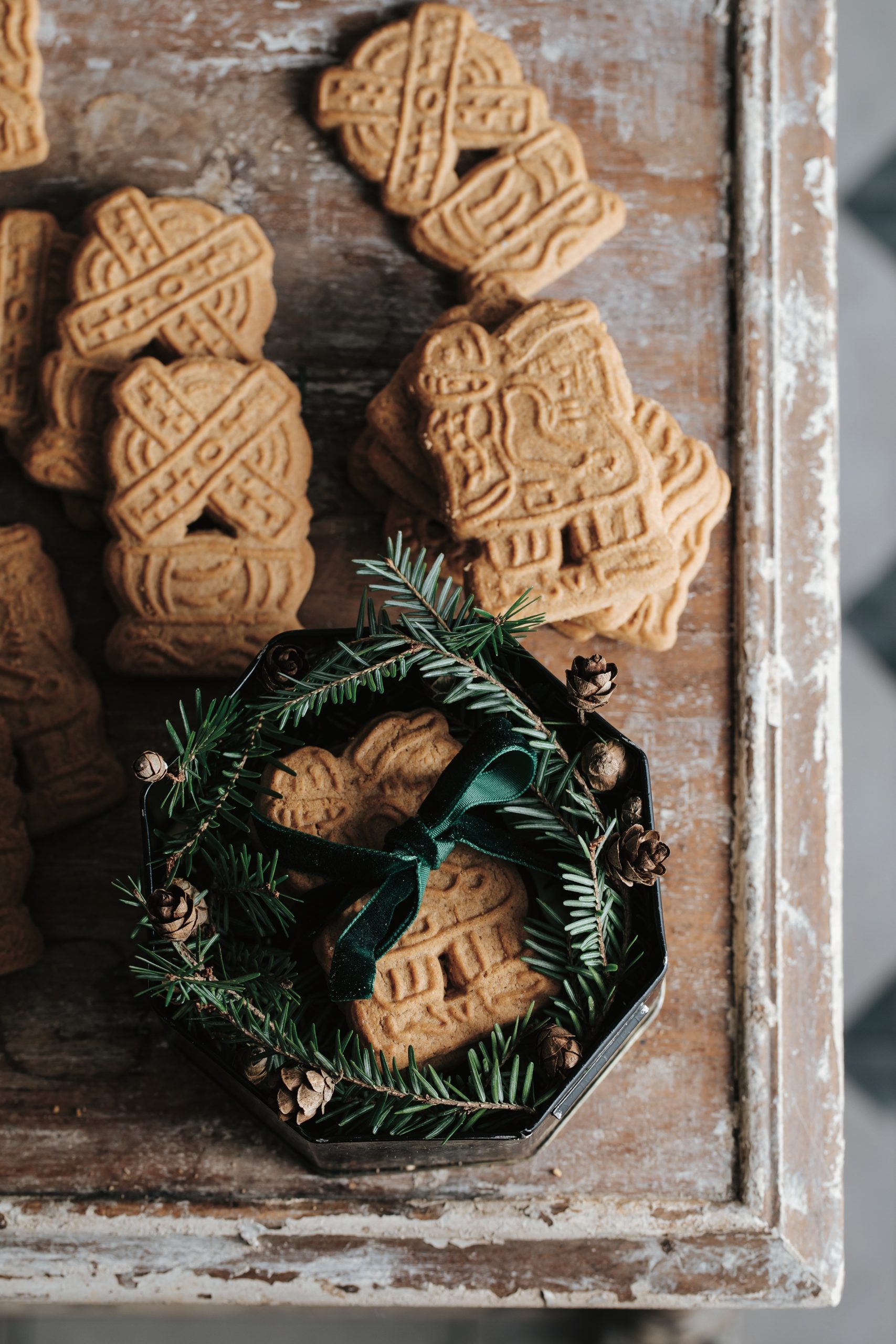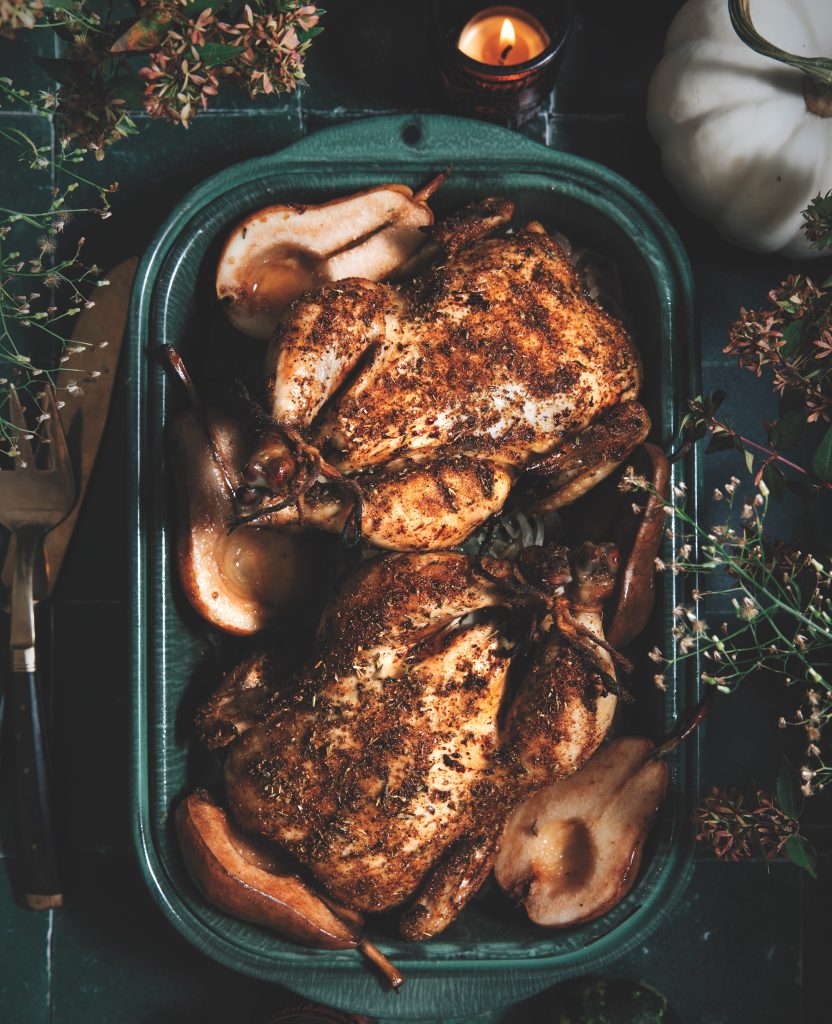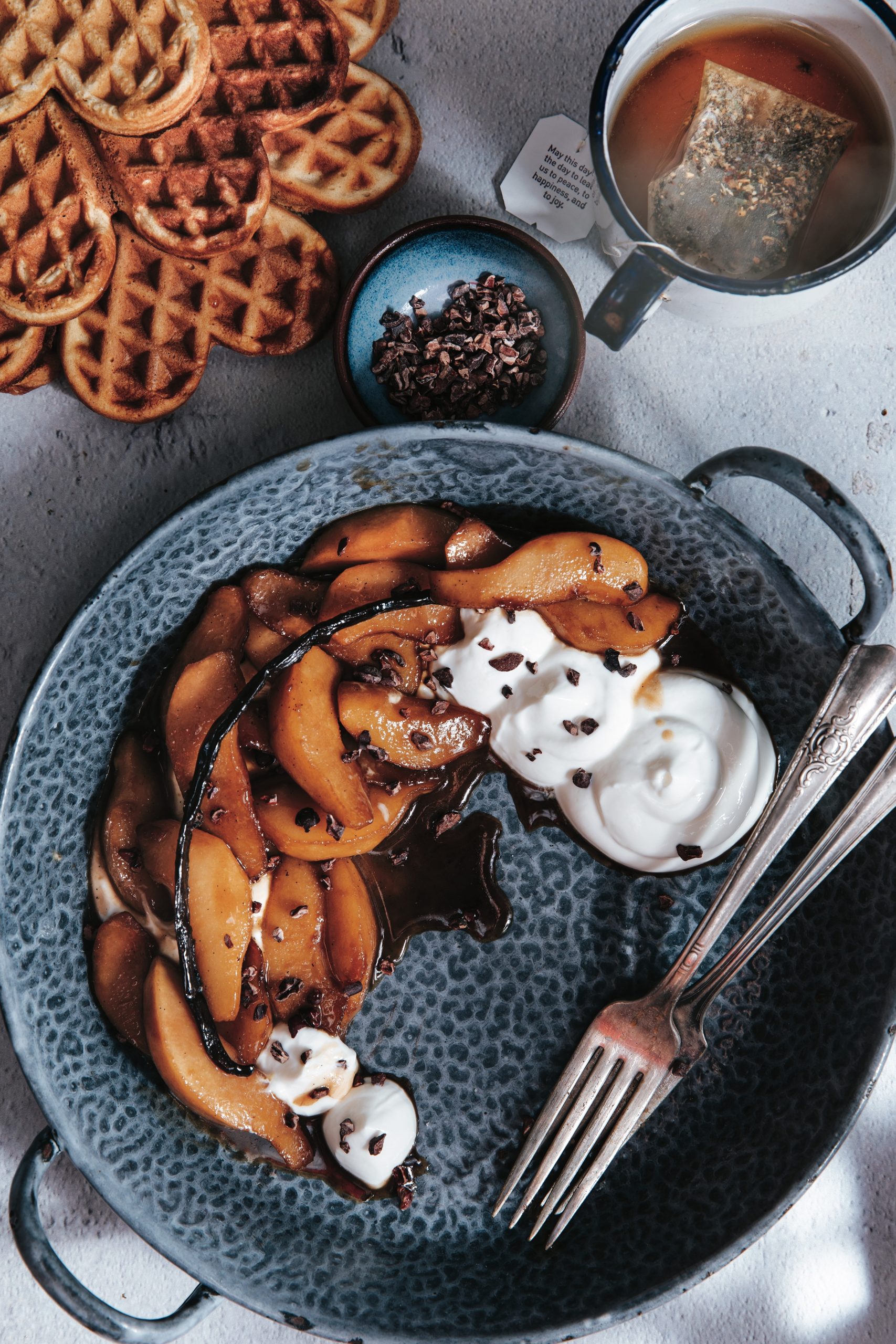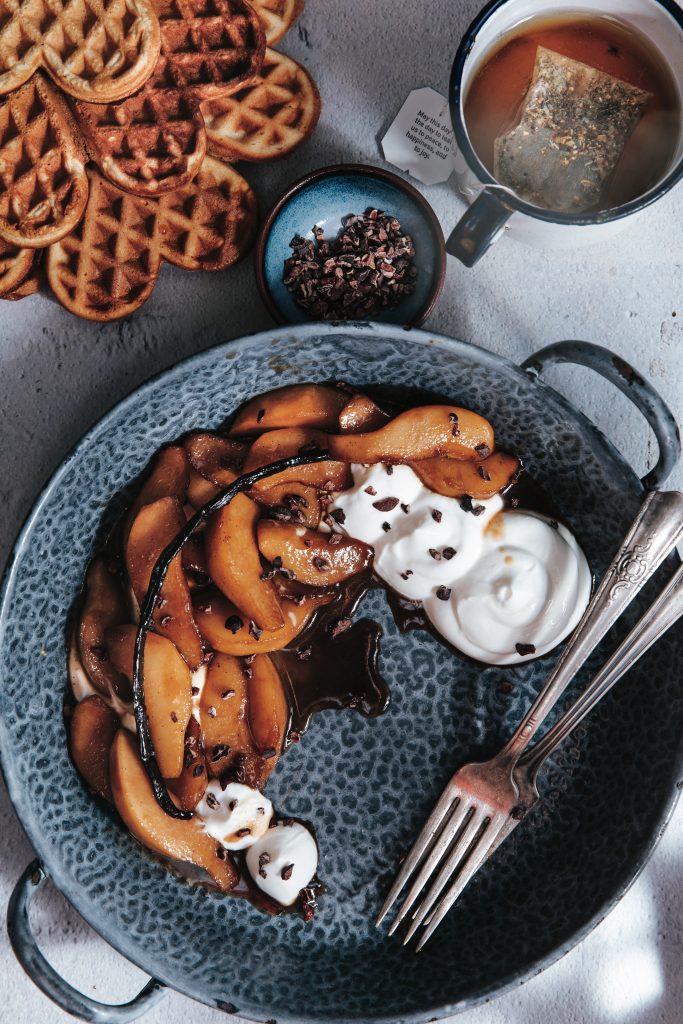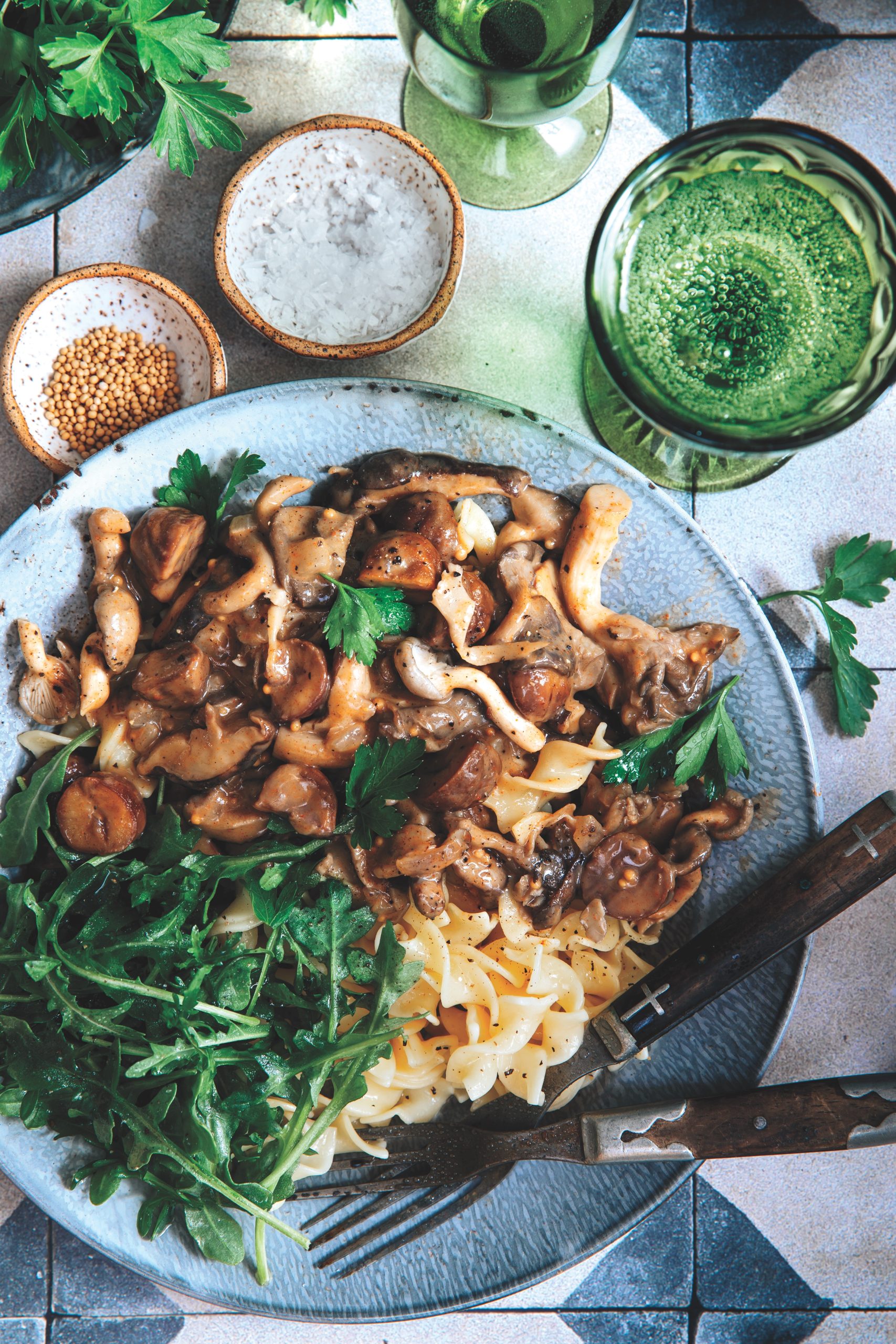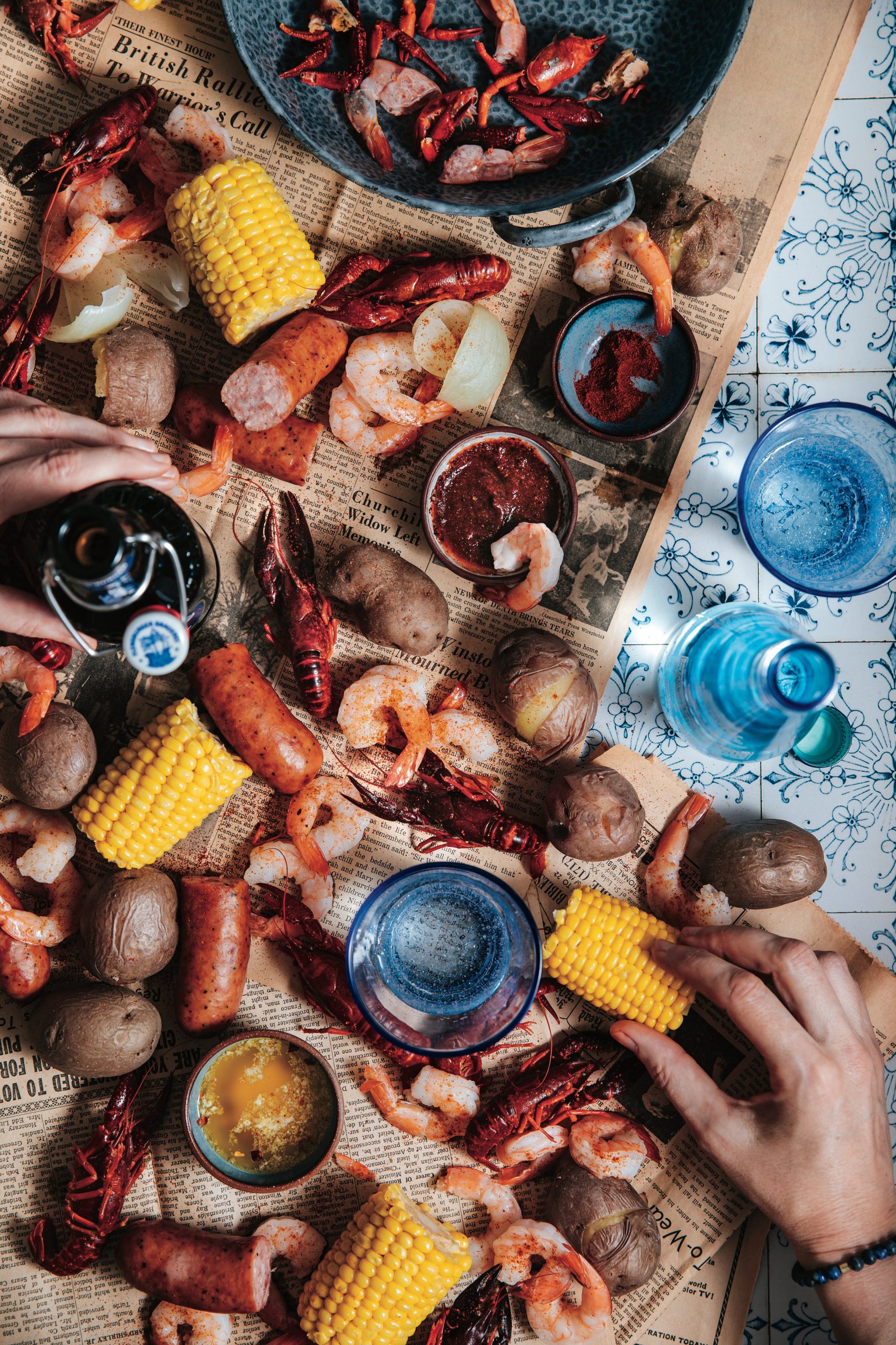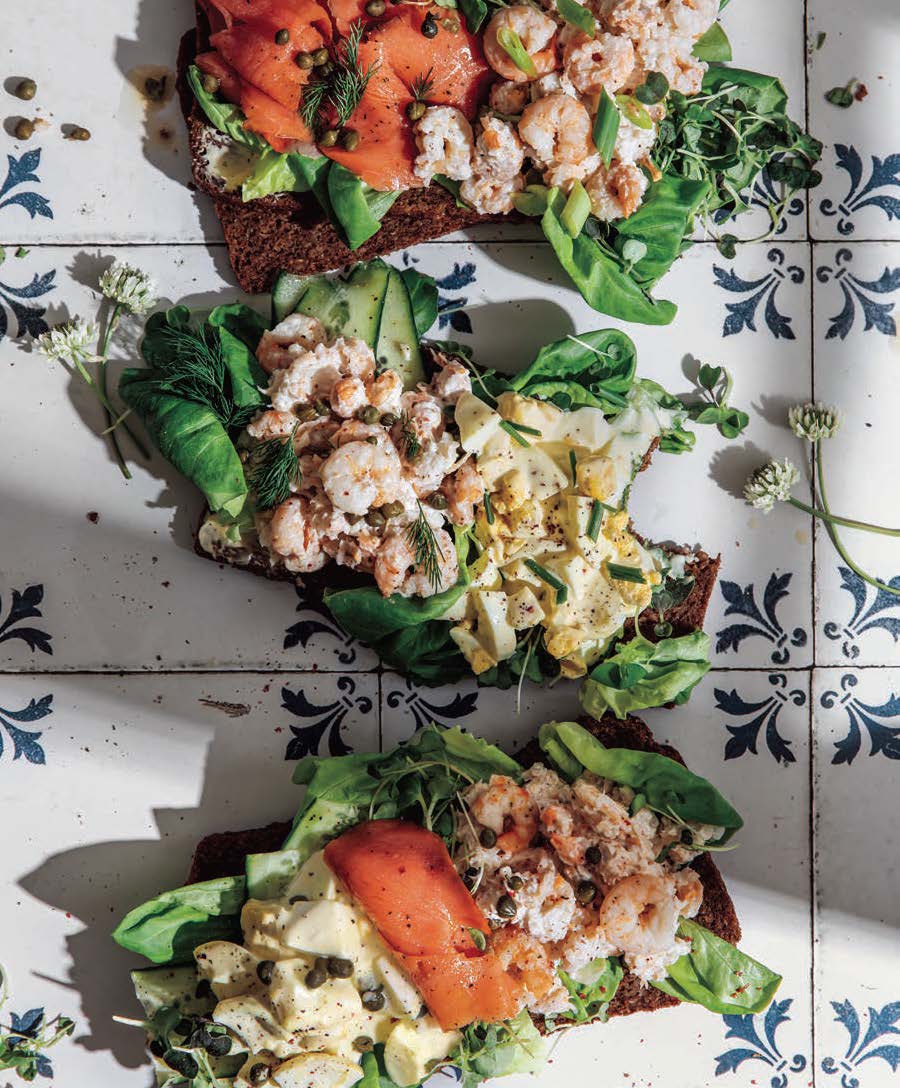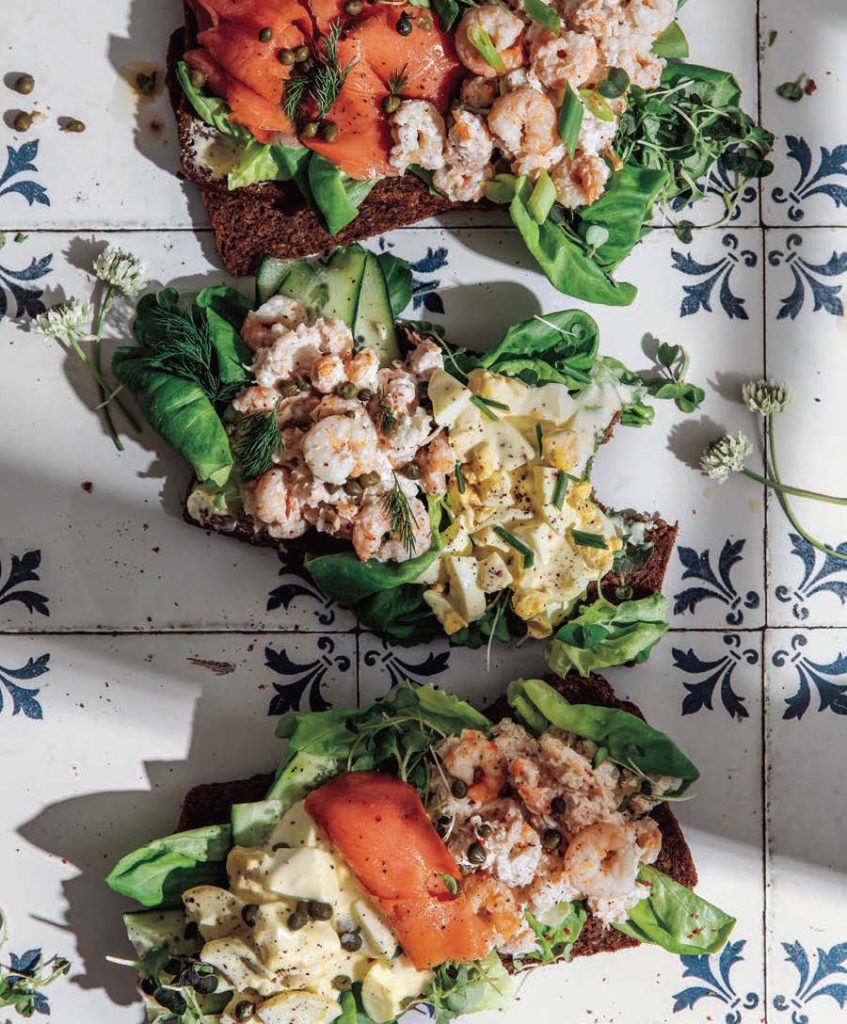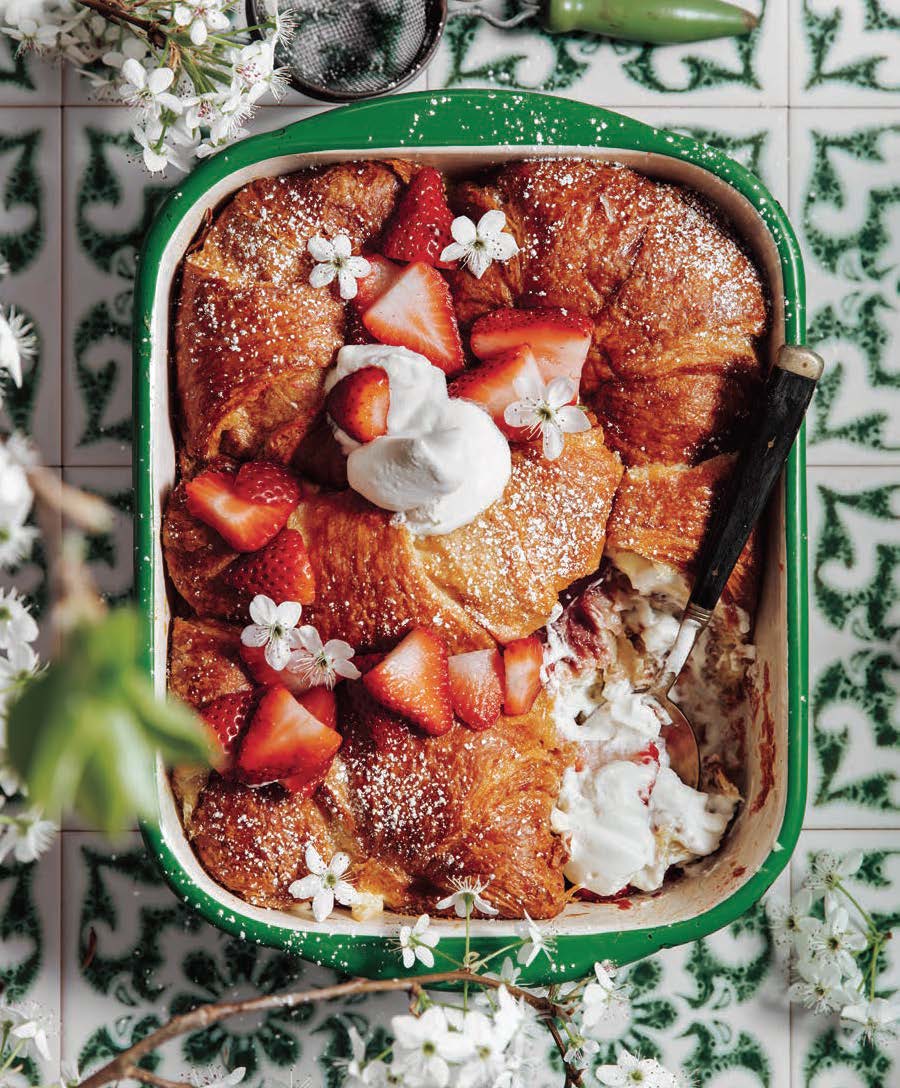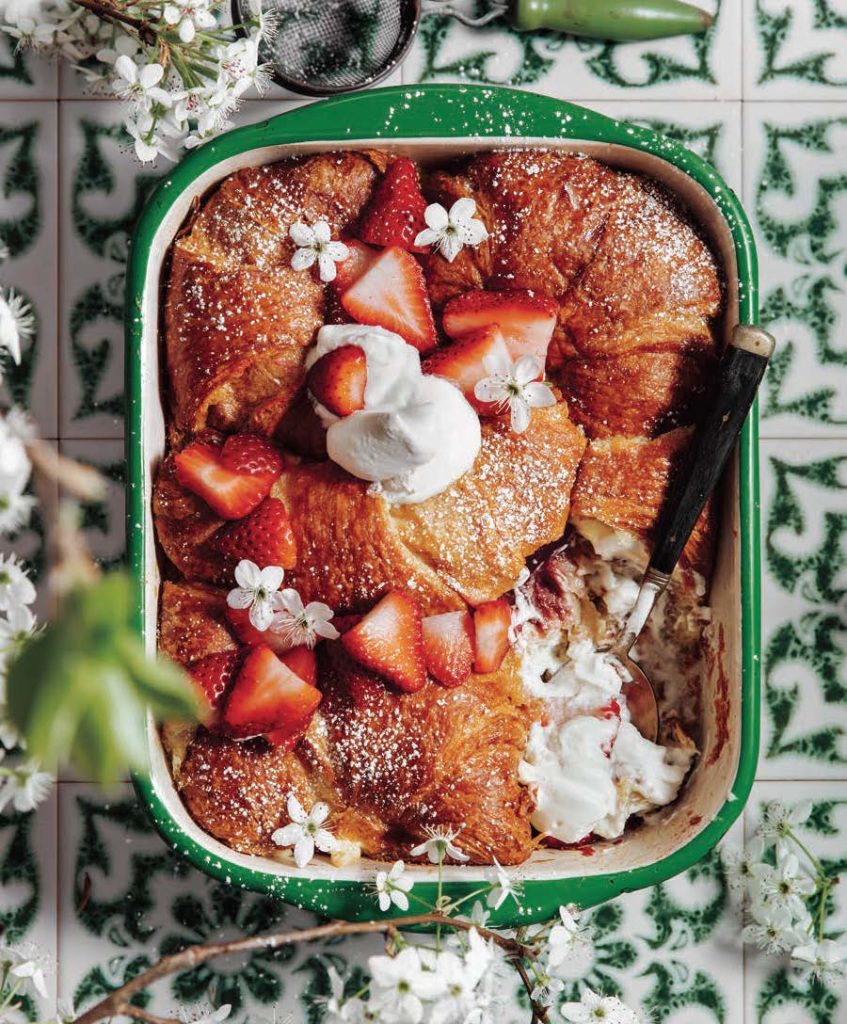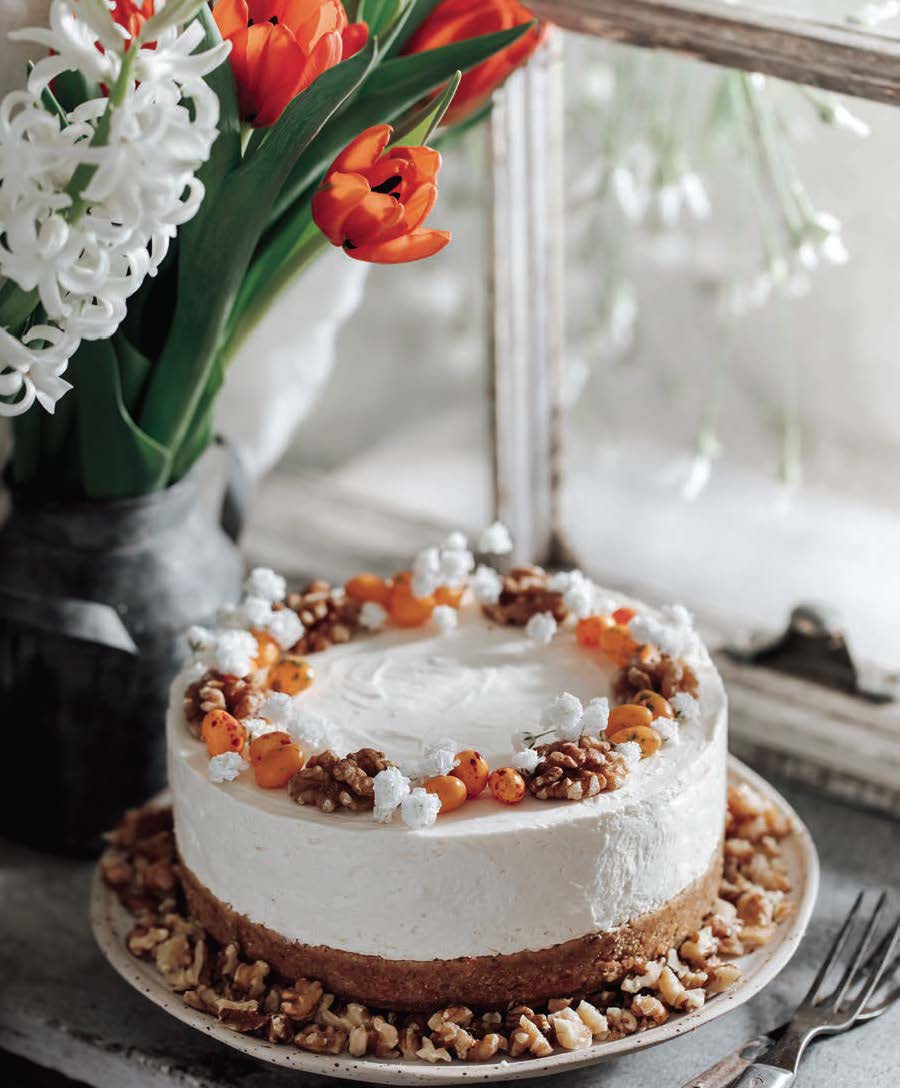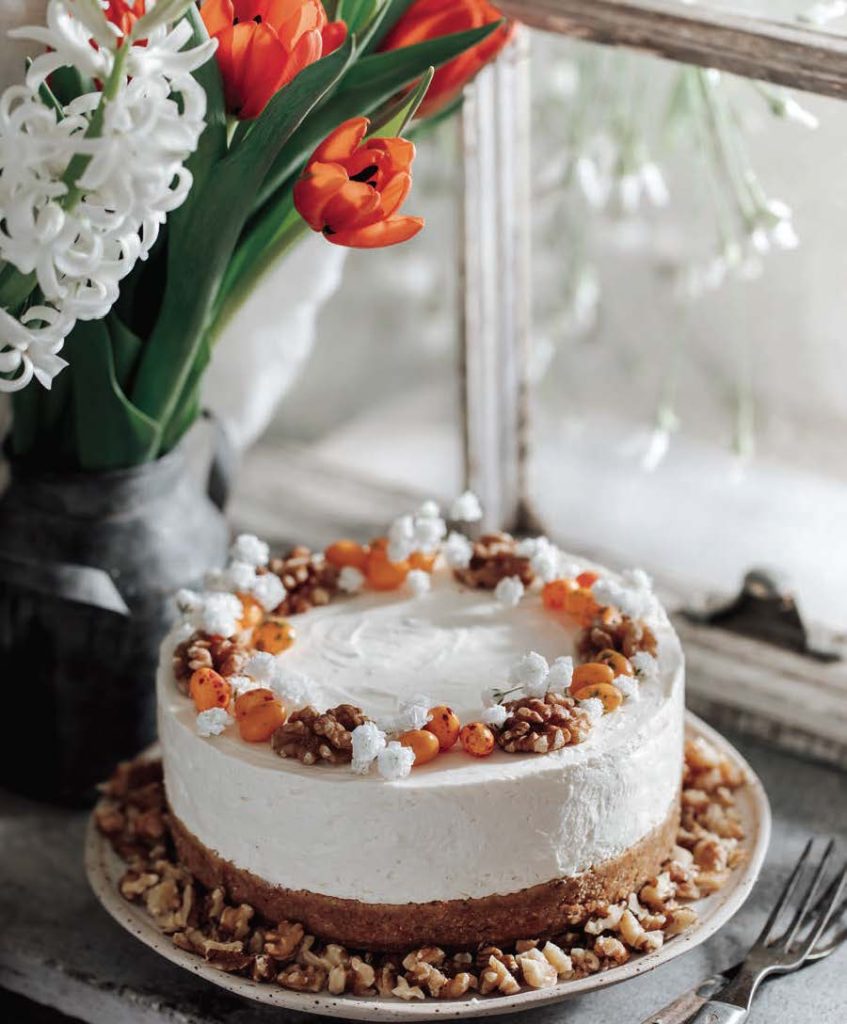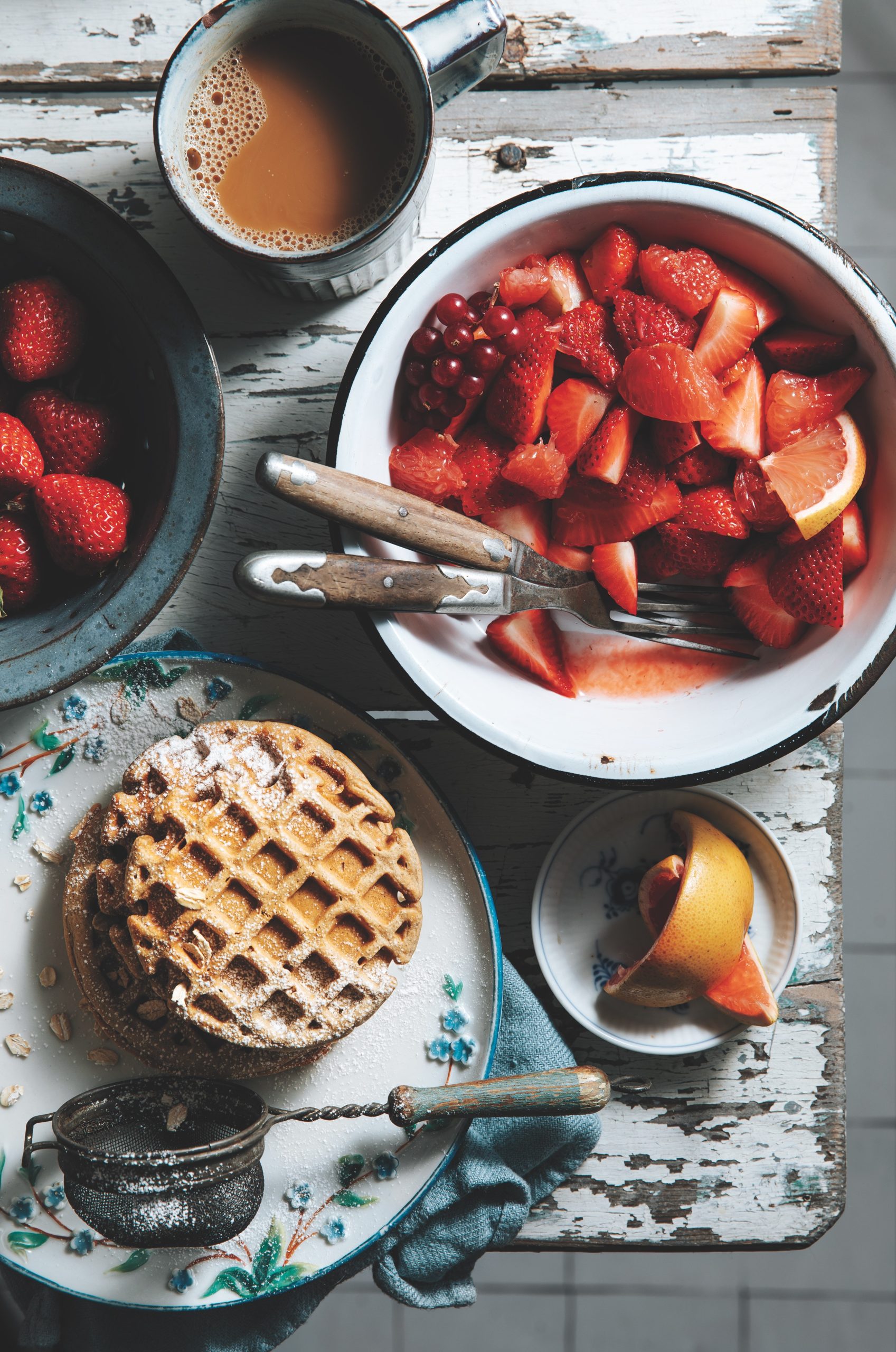FOCUS ON FOOD
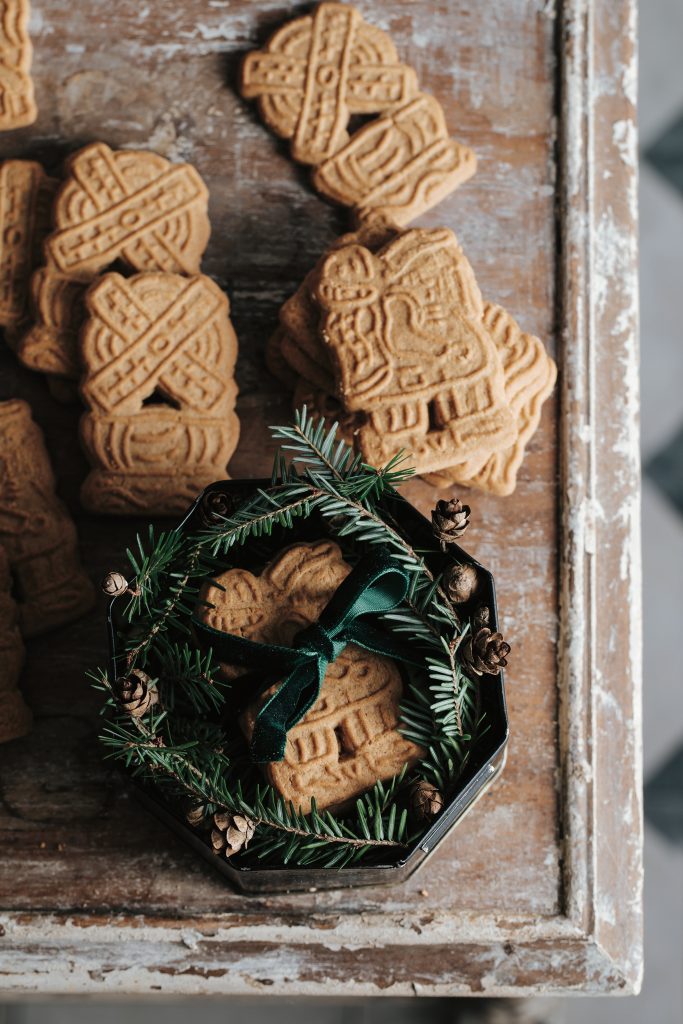
Spectacular Speculaas
Cookies for St. Nicholas
Story and Photograph by Rose Shewey
Speculaas cookies are works of art with a wonderfully charming backstory. Not quite as popular as gingerbread — unjustly so, I might add — speculaas were originally made with hand-carved wooden molds that produce filigran shapes with extraordinary relief details. That’s how I make mine — but sit tight, there are other options for those of you without fancy mold contraptions.
The original cookies depicted the story of St. Nicholas, the bishop of Myra (modern day Turkey), who is said to have brought treats to children in December. St. Nicholas was known as the “Speculator” (overseer or observer), and legend has it that in the evenings he would peer (as in, speculate) through the windows of the poor to see who needed help. This may explain both the curious name and why the speculaas is a customary St. Nicholas Day sweet treat, especially in the Netherlands, where these cookies likely originated. And it’s probably why the most famous speculaas cookie these days depicts a windmill.
Known as speculaas in Dutch, spéculoos in French or spekulatius in German, you might encounter any of the three names while on the hunt for recipes or store-bought cookies. These sweet treats have as much tradition and lovely, wintery warm spices as gingerbread but are much easier to prepare (gingerbread dough is traditionally started two months ahead of time and left to rest) and, dare I say, more refined and delicious.
In place of the wooden molds, lots of folks use a carved or embossed rolling pin or cookie cutters. The simplest way of preparing these is, however, to roll out the dough and slice it into smaller rectangles, which can be decorated with a piece or two of sliced almonds. The recipe I use is adapted from the German Baker’s Guild, which represents a basic version with room for growth — adjust the amount of spices used or add some of your own. To make butter speculaas, increase the amount of butter by 100 grams and add an extra egg.
Speculaas Cookies
(Makes about 40 pieces)
150 grams butter, room temperature
1 egg
110 grams brown sugar
Zest of 1 lemon
60 grams almond flour
2 teaspoons ground cinnamon
1/2 teaspoon ground cloves
1/2 teaspoon ground cardamom
300 grams wheat flour
Directions
Cream the butter, egg and sugar with an electric mixer for at least 8-10 minutes until light and fluffy. Stir in the lemon zest, spices and ground almond, then add flour into the mixture. Knead all the ingredients together by hand to form a firm dough. Shape the dough into two balls, wrap them in cling film, and chill for about 1 hour. Remove one portion of dough from the refrigerator. If using a speculaas mold, tear off small sections of the dough and press them into the lightly floured molds. Use a knife or a piece of thread to cut excess dough from the mold to create a nice, flat cookie backside and smooth edges, then gently tap the mold on your working surface until the cookies pop out. Transfer to a baking sheet lined with parchment paper. If using cookie cutters, roll out the dough thinly (about 4 millimeters) between two sheets of parchment paper. Dust lightly with flour. Cut out shapes and set them on a baking sheet lined with parchment paper. If using a speculaas (or embossed) rolling pin, gently but firmly roll over the rolled out dough to cut out shapes. Carefully separate the speculaas shapes using a butter or pastry knife and transfer them to a baking sheet lined with parchment paper. Knead the leftover dough together again and roll it out anew. Chill cookies for about 2 hours before baking. Heat the oven to 350F and bake for about 8-10 minutes, but keep a watchful eye on the cookies, they burn quickly. The cookies will seem soft right after baking but will harden once they cool. Repeat with the remaining dough.

